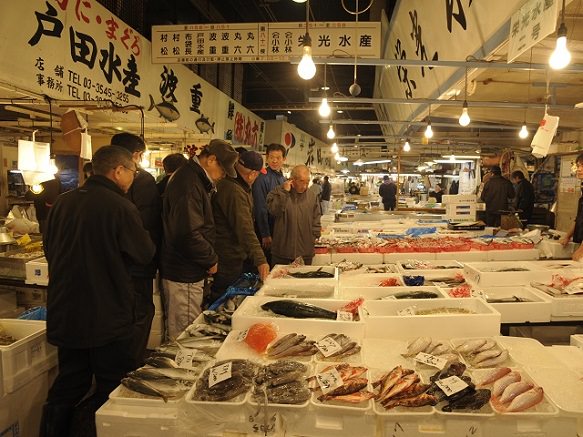Kitano Tenmangū
Osaka Tenmangu Shrine, founded in the 10th century, is one of the most important of hundreds of shrines across Japan that are devoted to the Shinto deity of scholarship, Sugawara Michizane. Osaka Tenmangu Shrine has been destroyed by fire a number of times during its history, and its current main hall (honden) and main gate date back to 1845.
Osaka Tenmangu is famous for its festival, the Tenjin Matsuri, which is held annually on July 24 and 25 and is ranked as one of Japan's top three festivals besides Kyoto's Gion Matsuri and Tokyo's Kanda Matsuri. During the festival, the shrine's deity is paraded in a divine palanquin (mikoshi) through the city in a joyful land and river procession, accompanied by fireworks.
Osaka Tenmangu is located in a residential area and has a neighborhood feeling about it. Locals pray at the shrine mostly for academic fortunes, but there are also secondary shrines at its precincts, such as an Inari Shrine, where people pray to the deity of fertility, agriculture and industry.
Located just steps away from Tenmangu Shrine is the Tenjinbashi-suji Shopping Street, which claims to be the longest in Japan. The covered shopping street stretches more than two kilometers, starting approximately from Tenjimbashi-suji Rokuchome Subway Station and leading south until close to the Tenjinbashi Bridge.
The shopping street has a neighborhood atmosphere and is where many locals shop for a huge variety of goods, such as groceries, clothes, shoes, books, medicine, snacks and sundries. Prices for fashion products are relatively low in return for average quality. There are also many eateries and cafes. In the evenings, izakaya at a couple of side alleys provide an authentic local dining experience.
My opinion:
One of the only temples in Osaka that have been kept up since before WWII. It is located in one of the most nice shopping streets of all Japan. best visiting it in the morning when opens or at night when closing. If you can also take the tour and try the sacred sake it will be worth.














